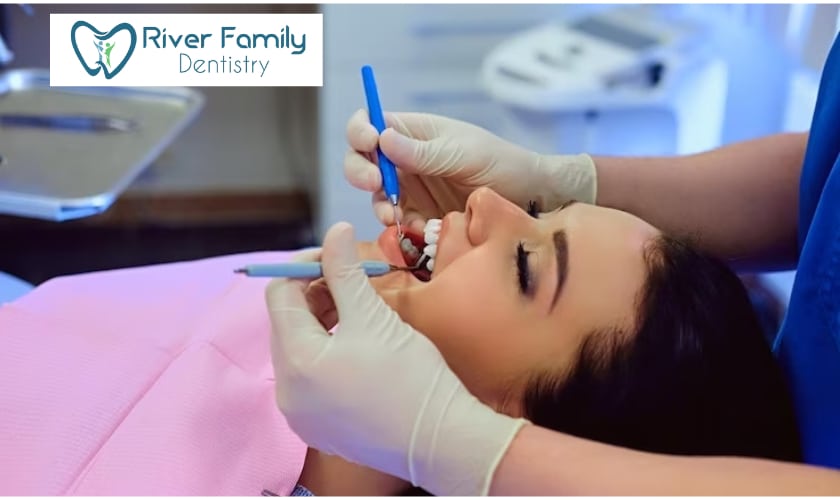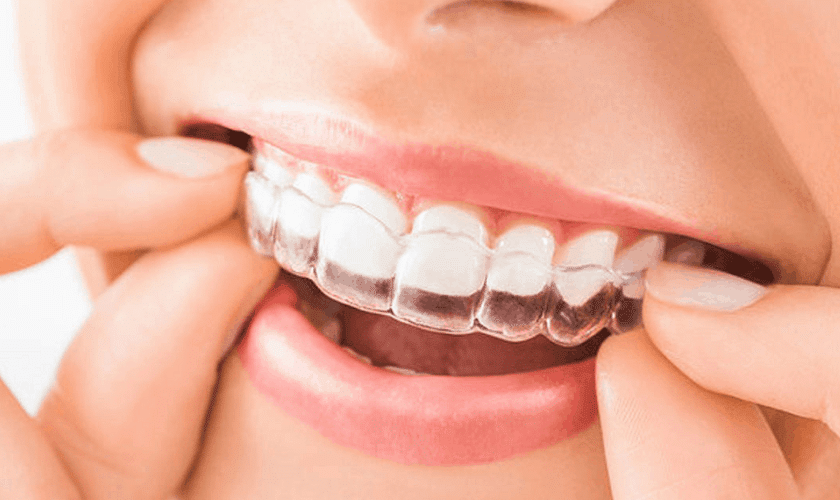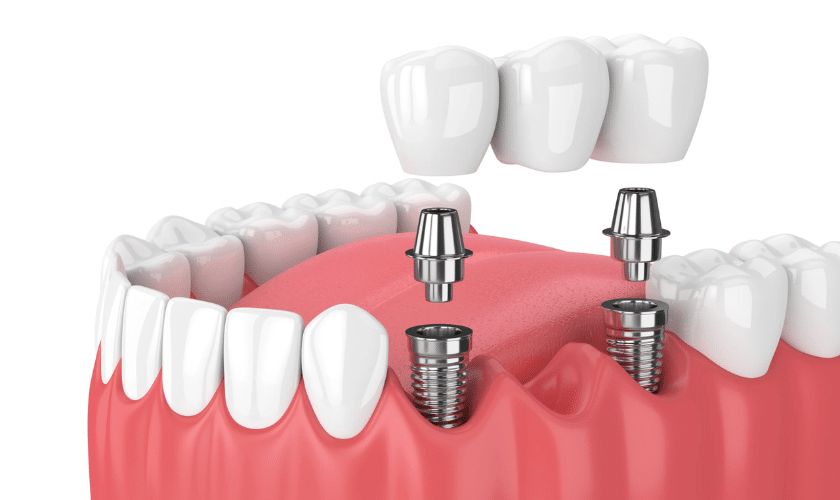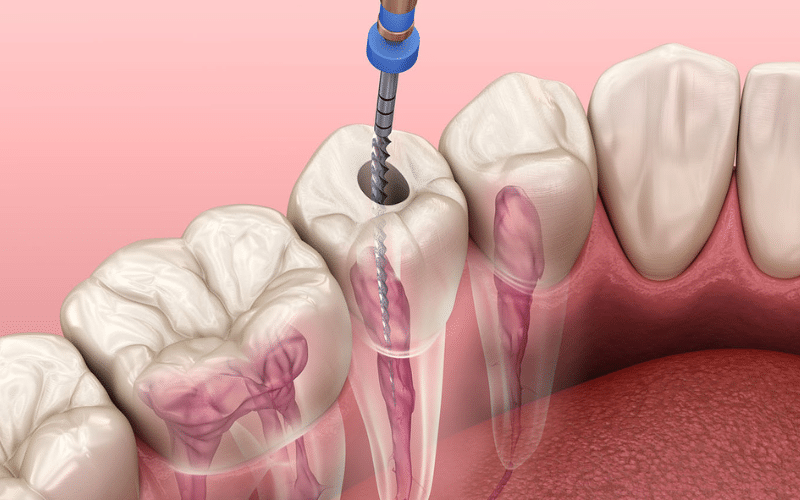
Periodontal treatments are a category of dental procedures used to address gum and bone diseases that can lead to tooth loss. Periodontists specialize in treating the gums, bones, and other soft tissue around the teeth. This type of treatment is important because it helps preserve natural teeth by preventing damage from periodontal disease – something that affects more than 80 percent of adults at some point in their lives. This blog will provide an overview of periodontal treatments and how they can be used to improve oral health.
Periodontal treatments are a type of dental procedure used to treat gum disease and preserve tooth structure. They can be used to address conditions such as gingivitis, periodontitis, and tooth decay. These treatments can also help prevent future problems by maintaining the health of the gums and bones around the teeth. This blog will provide an overview of periodontal treatments, their uses, and potential risks.
Scaling & Root Planing
Scaling and root planing are two common types of periodontal treatments that involve removing plaque buildup from the roots of the teeth. During a scaling procedure, a periodontist will use specialized instruments to remove dental plaque and tartar from the teeth and gums. The root planing is then used to smooth out any irregular surfaces on the root of the tooth to reduce bacterial buildup.
Benefits
The main benefit of these procedures is that they can help prevent further damage to the gums and bones around the teeth. Scaling and root planing can also help reduce inflammation, which is a major cause of periodontal disease. Additionally, these treatments can improve overall oral health by reducing tartar buildup, preventing tooth decay, and restoring healthy gum tissue.
Risks
Although scaling and root planing are generally safe, there is a risk of sensitivity or discomfort during the procedure. Additionally, it is possible for bacteria to enter the bloodstream during the treatment, which can lead to an infection. In some cases, antibiotics may be necessary to prevent any potential complications.
Timeline
Scaling and root planing can usually be done in one visit, though some patients may need multiple sessions. After the treatment, it is important to follow good oral hygiene habits like brushing and flossing regularly to prevent future dental problems. Additionally, regular checkups with a dentist or periodontist are highly recommended to ensure the health of the gums and teeth.
Soft Tissue Grafts
Soft tissue grafts are another type of periodontal treatment that can be used to restore healthy gum tissue around the teeth. During this procedure, a small piece of healthy gum tissue is removed from another area in the mouth and then sutured into the affected area. This procedure can help reduce tooth sensitivity, improve the appearance of the gums, and protect against further damage to the teeth or bones.
Benefits
The main benefit of this type of treatment is that it helps restore healthy gum tissue around the teeth. Soft tissue grafts can also reduce the risk of further periodontal disease, as well as improve the appearance of the gums. Additionally, this procedure can help protect against tooth decay and sensitivity by creating a barrier between the teeth and the damaging bacteria in plaque and tartar.
Risks
The risks associated with soft tissue grafts are generally minor and rare. However, there is a risk of infection at the site of the graft, as well as discomfort or pain during the procedure. Additionally, the grafted tissue may not take hold, meaning further treatments may be necessary.
Timeline
Soft tissue grafts can usually be completed in one visit, though some patients may require multiple sessions. After the procedure, it is important to follow good oral hygiene habits and attend regular checkups with a dentist or periodontist for the best results.
Bone Grafts
Bone grafts are another type of periodontal treatment that can be used to help rebuild and restore damaged or lost bone tissue around the teeth. During this procedure, pieces of healthy bone from another area in the mouth are removed and then grafted into the affected area. This can help reduce tooth sensitivity, improve overall oral health, and protect against further damage to the gums or bones.
Benefits
The main benefit of a bone graft is that it helps restore healthy bone tissue around the teeth. Bone grafts can also reduce tooth sensitivity, improve overall oral health, and help protect against further damage to the gums or bones. Additionally, this procedure can help fill in gaps left behind from periodontal disease or trauma.
Risks
The risks associated with bone grafts are fairly minimal, though there is a risk of discomfort or pain during the procedure. Additionally, it is possible for bacteria to enter the bloodstream during the treatment, which can lead to an infection. In some cases, antibiotics may be necessary to prevent any potential complications.
Timeline
Bone grafts may require multiple sessions and can take several months to complete, depending on the severity of the damage. After the procedure, it is important to follow good oral hygiene habits like brushing and flossing regularly to prevent future dental problems. Additionally, regular checkups with a dentist or periodontist are highly recommended to ensure the health of the gums and teeth.
Conclusion
Periodontal treatments can help restore healthy gum and bone tissue around the teeth, protect against further damage, reduce tooth sensitivity, and improve overall oral health. Soft tissue grafts and bone grafts are two common types of periodontal treatments that may be used to achieve these goals. While there are risks associated with each procedure, they are generally minimal and can be managed with proper care. It is important to follow good oral hygiene habits like brushing and flossing regularly, as well as attend regular checkups with a dentist or periodontist for the best results.
FAQs
Q: What is the difference between a soft tissue graft and a bone graft?
A: A soft tissue graft uses healthy gum tissue from one area in the mouth to fill gaps left behind from periodontal disease or trauma. A bone graft involves pieces of healthy bone being removed and grafted into the affected area.
Q: Are there any risks associated with periodontal treatments?
A: While the risks associated with periodontal treatments are generally minimal and rare, there is a risk of infection at the site of the graft or discomfort during the procedure. Additionally, it is possible for bacteria to enter the bloodstream during bone grafts, which can lead to an infection.
Q: How long do periodontal treatments take?
A: The length of time needed to complete a periodontal treatment depends on the severity of the damage. Soft tissue grafts can usually be completed in one visit, though some patients may require multiple sessions. Bone grafts may require multiple sessions and can take several months to complete.
Meta Description: Learn about the different types of periodontal treatments and their uses, including soft tissue grafts, bone grafts, and more. Find out how these treatments can help restore healthy gum and bone tissue around the teeth, protect against further damage, reduce tooth sensitivity, and improve overall oral health. Get answers to some of the most commonly asked questions about periodontal treatments.





